Species Photo Gallery for Metcalfa pruinosa Citrus Flatid Planthopper 85 |
 | Photo by: Marilyn Westphal
Henderson Co.
Comment: Attracted to UV light sheet | 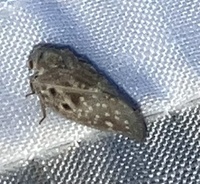 | Photo by: Ken Kneidel
Mecklenburg Co.
Comment: pond edge, waist high vegetation nearby |
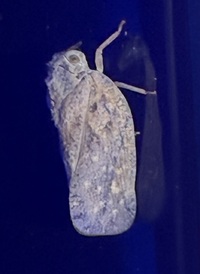 | Photo by: Nora Murdock
Henderson Co.
Comment: | 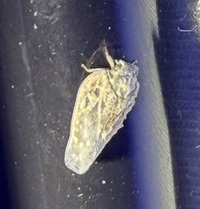 | Photo by: Nora Murdock
Henderson Co.
Comment: |
 | Photo by: Marilyn Westphal, Jim Petranka, Becky Elkin
Henderson Co.
Comment: |  | Photo by: Marilyn Westphal, Becky Elkin, Jim Petranka
Henderson Co.
Comment: Caught in uv moth trap |
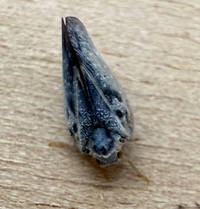 | Photo by: Marilyn Westphal, Becky Elkin, Jim Petranka
Henderson Co.
Comment: Caught in uv moth trap | 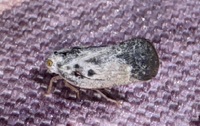 | Photo by: Saige
New Hanover Co.
Comment: |
 | Photo by: Margarita Lankford
Orange Co.
Comment: https://www.inaturalist.org/observations/294313622 |  | Photo by: Margarita Lankford
Orange Co.
Comment: https://www.inaturalist.org/observations/287998144 |
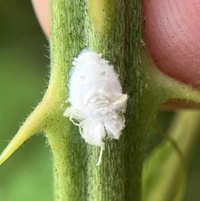 | Photo by: Ken Kneidel
Mecklenburg Co.
Comment: |  | Photo by: Owen McConnell
Graham Co.
Comment: |
 | Photo by: Ken Kneidel
Mecklenburg Co.
Comment: sweep of low vegetation | 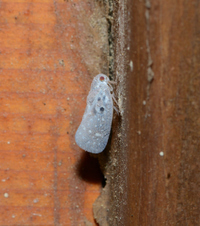 | Photo by: Hunter Phillips, Mark Shields
Onslow Co.
Comment: |
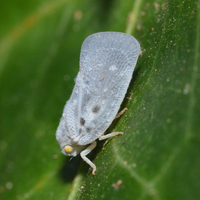 | Photo by: Margarita Lankford
Orange Co.
Comment: https://www.inaturalist.org/observations/223173185 | 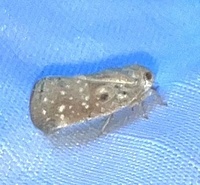 | Photo by: Ken Kneidel
Mecklenburg Co.
Comment: came to UV light at night |
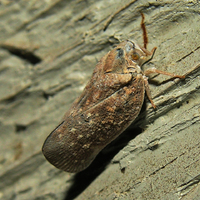 | Photo by: Owen McConnell
Graham Co.
Comment: On wooden side of cabin | 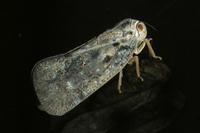 | Photo by: Owen McConnell
Graham Co.
Comment: |
 | Photo by: Ken Kneidel
Mecklenburg Co.
Comment: |  | Photo by: Mark Basinger
Wilson Co.
Comment: Attracted to front porch light |
 | Photo by: Mark Basinger
Wilson Co.
Comment: Attracted to front porch light | 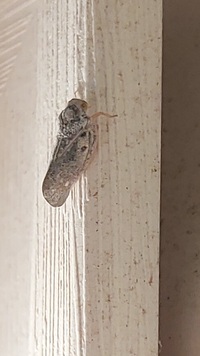 | Photo by: Mark Basinger
Brunswick Co.
Comment: Attracted to front porch light |
 | Photo by: Ted Wilcox
Watauga Co.
Comment: unid_planthopper |  | Photo by: Rob Van Epps
Iredell Co.
Comment: |
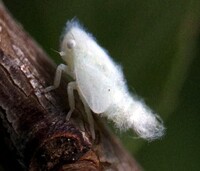 | Photo by: Ted Wilcox
Watauga Co.
Comment: unid_planthopper | 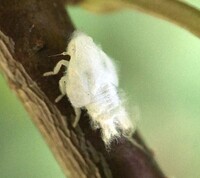 | Photo by: Ted Wilcox
Watauga Co.
Comment: unid_planthopper |
 | Photo by: Ted Wilcox
Watauga Co.
Comment: unid_planthopper | 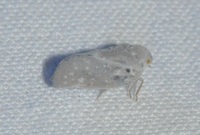 | Photo by: K. Bischof
Transylvania Co.
Comment: GORG |
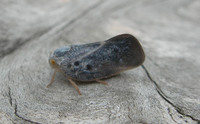 | Photo by: R. Newman
Carteret Co.
Comment: FOMA |  | Photo by: Scott Bolick
Guilford Co.
Comment: |
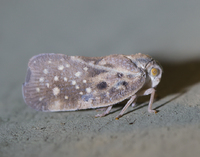 | Photo by: John Petranka
Orange Co.
Comment: | 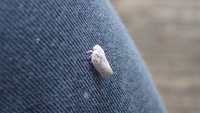 | Photo by: Erich Hofmann
Columbus Co.
Comment: |
 | Photo by: R. Newman
Carteret Co.
Comment: FOMA | 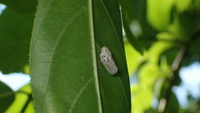 | Photo by: Erich Hofmann
Bladen Co.
Comment: |
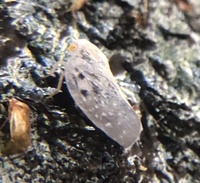 | Photo by: Ken Kneidel
Mecklenburg Co.
Comment: caught in Tanglefoot on a tree band on Willow Oak | 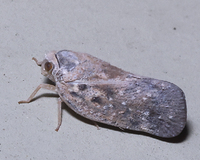 | Photo by: John Petranka
Orange Co.
Comment: Attracted to entrance light. |
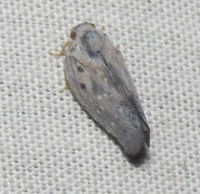 | Photo by: B. Bockhahn
Durham Co.
Comment: New Hope Creek Biodiversity Survey (2021-2022) | 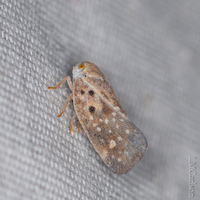 | Photo by: Lior Carlson
Orange Co.
Comment: |
 | Photo by: Rob Van Epps
Mecklenburg Co.
Comment: Caught sweeping. Weedy field. |  | Photo by: Erich Hofmann
New Hanover Co.
Comment: |
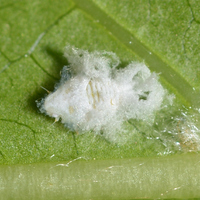 | Photo by: Margarita Lankford
Orange Co.
Comment: https://www.inaturalist.org/observations/80044015 | 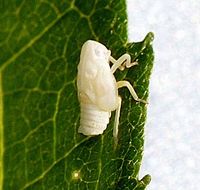 | Photo by: Paul Scharf
Warren Co.
Comment: NYMPH,Caught sweeping |
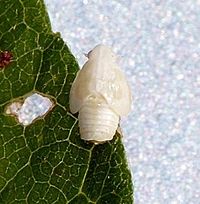 | Photo by: Paul Scharf
Warren Co.
Comment: NYMPH,Caught sweeping | 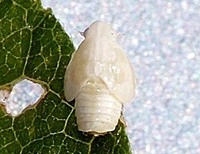 | Photo by: Paul Scharf
Warren Co.
Comment: NYMPH,Caught sweeping |
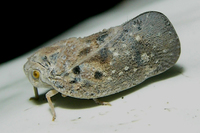 | Photo by: Owen McConnell
Durham Co.
Comment: | 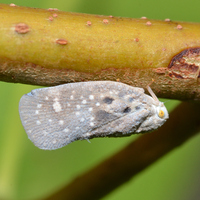 | Photo by: Margarita Lankford
Orange Co.
Comment: https://www.inaturalist.org/observations/55853876 |
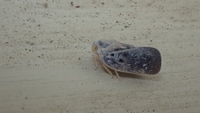 | Photo by: Erich Hofmann
New Hanover Co.
Comment: https://www.inaturalist.org/observations/55600162 |  | Photo by: Erich Hofmann
New Hanover Co.
Comment: https://www.inaturalist.org/observations/55600162 |
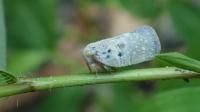 | Photo by: Erich Hofmann
Craven Co.
Comment: https://www.inaturalist.org/observations/51823664 |  | Photo by: Margarita Lankford
Orange Co.
Comment: https://www.inaturalist.org/observations/51305251 |
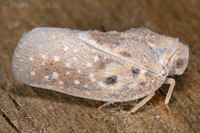 | Photo by: Mark Shields
Onslow Co.
Comment: | 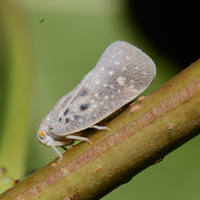 | Photo by: Margarita Lankford
Orange Co.
Comment: https://www.inaturalist.org/observations/31514467 |
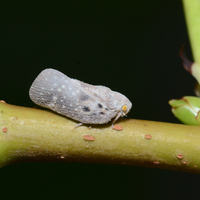 | Photo by: Margarita Lankford
Orange Co.
Comment: https://www.inaturalist.org/observations/31181169 |  | Photo by: Margarita Lankford
Orange Co.
Comment: https://www.inaturalist.org/observations/29030074 |
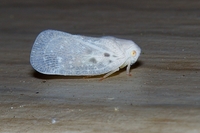 | Photo by: Jim Petranka
Madison Co.
Comment: | 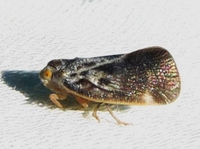 | Photo by: Ken Kneidel
Mecklenburg Co.
Comment: sweep through low vegetation |
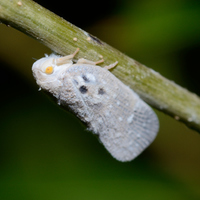 | Photo by: Margarita Lankford
Orange Co.
Comment: https://www.inaturalist.org/observations/28477224 |  | Photo by: Margarita Lankford
Orange Co.
Comment: https://www.inaturalist.org/observations/28477224 |
 | Photo by: Mark Shields
Onslow Co.
Comment: | 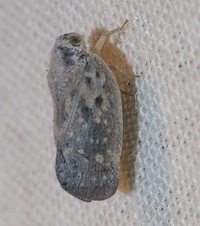 | Photo by: Randy Emmitt
Orange Co.
Comment: UV light |
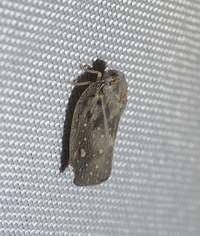 | Photo by: Randy Emmitt
Orange Co.
Comment: back of sheet away from moth lights | 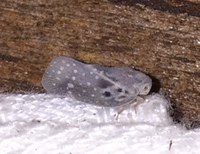 | Photo by: Ken Kneidel
Yancey Co.
Comment: |
 | Photo by: vin stanton
Buncombe Co.
Comment: |  | Photo by: Hunter Phillips, Cathy Songer
Wayne Co.
Comment: |
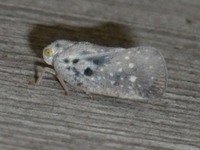 | Photo by: j.wyche
Gates Co.
Comment: MEMI | 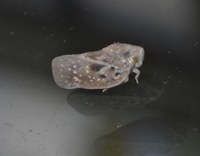 | Photo by: j.wyche
Gates Co.
Comment: MEMI |
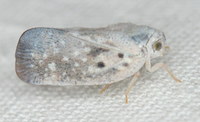 | Photo by: T. DeSantis
Durham Co.
Comment: ENRI |  | Photo by: Amanda Auxier
Pender Co.
Comment: |
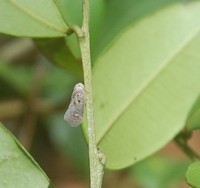 | Photo by: Tracy S. Feldman
Scotland Co.
Comment: unid_planthopper |  | Photo by: Rob Van Epps
Mecklenburg Co.
Comment: Weedy area near a few trees. |
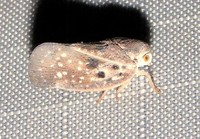 | Photo by: Rob Van Epps
Mecklenburg Co.
Comment: Greenway - weedy edge of woods. Attracted to black light. | 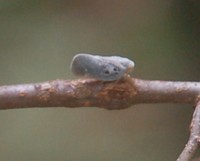 | Photo by: Tracy S. Feldman
Durham Co.
Comment: |
 | Photo by: Randy L Emmitt
Orange Co.
Comment: hanging on the edge of the moth sheet. | 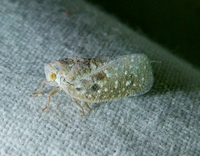 | Photo by: aubrey wiggins
Wake Co.
Comment: |
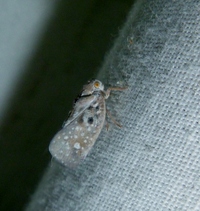 | Photo by: aubrey wiggins
Wake Co.
Comment: | 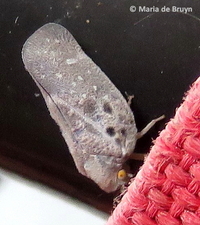 | Photo by: Maria de Bruyn
Orange Co.
Comment: Running up and down my chair on the front porch |
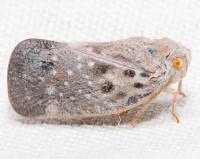 | Photo by: Ken Childs
Out Of State Co.
Comment: | 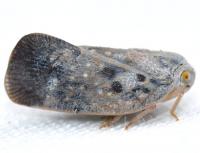 | Photo by: Kyle Kittelberger
Wake Co.
Comment: open forest habitat, near mixed hardwoods; on a lawn |
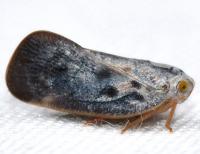 | Photo by: Kyle Kittelberger
Wake Co.
Comment: open forest habitat, near mixed hardwoods; on a lawn | 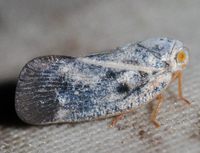 | Photo by: Kyle Kittelberger
Wake Co.
Comment: mixed hardwood forest habitat |
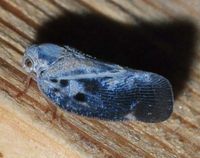 | Photo by: Kyle Kittelberger
Wake Co.
Comment: mixed hardwood forest habitat | 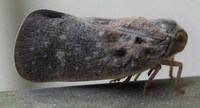 | Photo by: T. DeSantis
Camden Co.
Comment: DISW |
 | Photo by: Kyle Kittelberger, Paul Scharf
Wake Co.
Comment: grassy habitat | 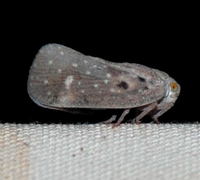 | Photo by: Kyle Kittelberger
Wake Co.
Comment: mixed hardwood forest habitat |
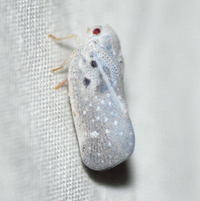 | Photo by: Kyle Kittelberger
Wake Co.
Comment: mixed hardwood forest habitat |

 »
»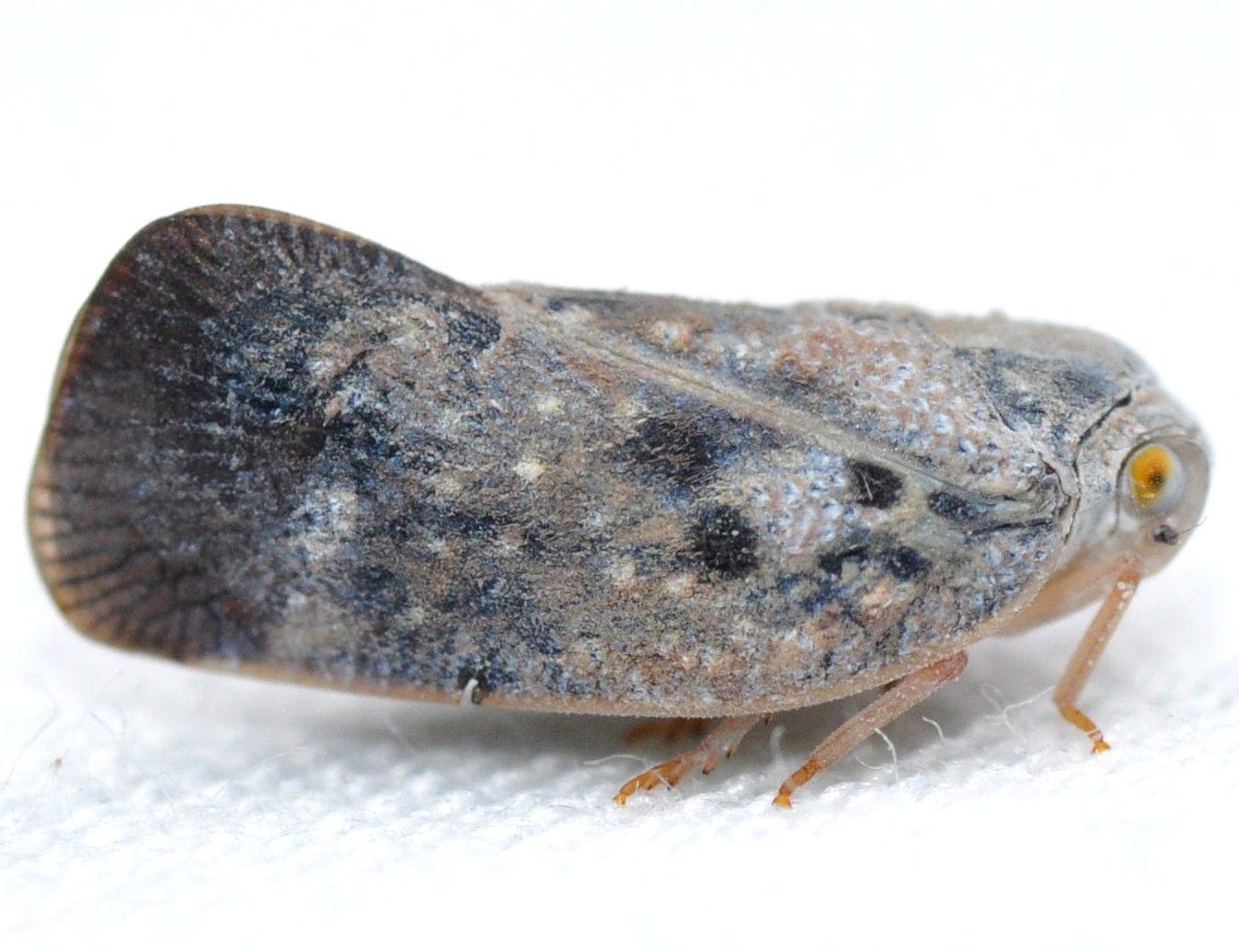




 »
»


